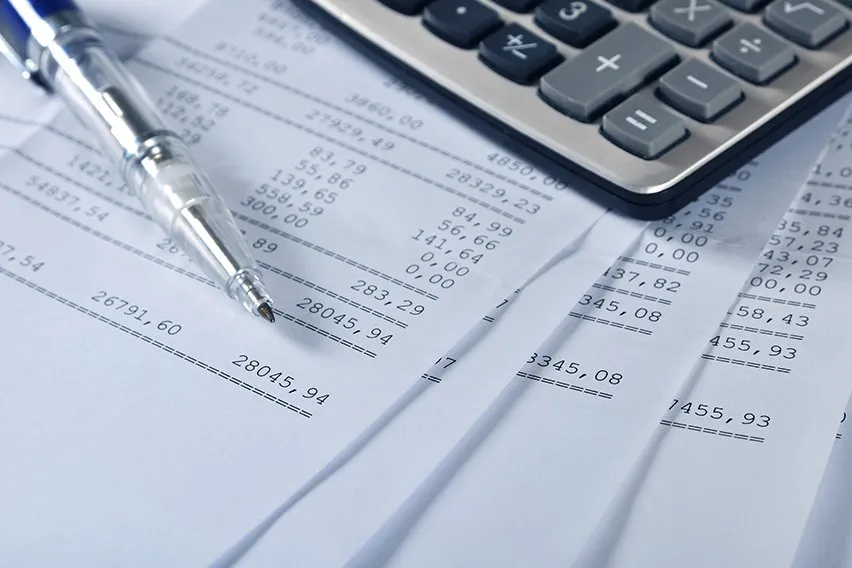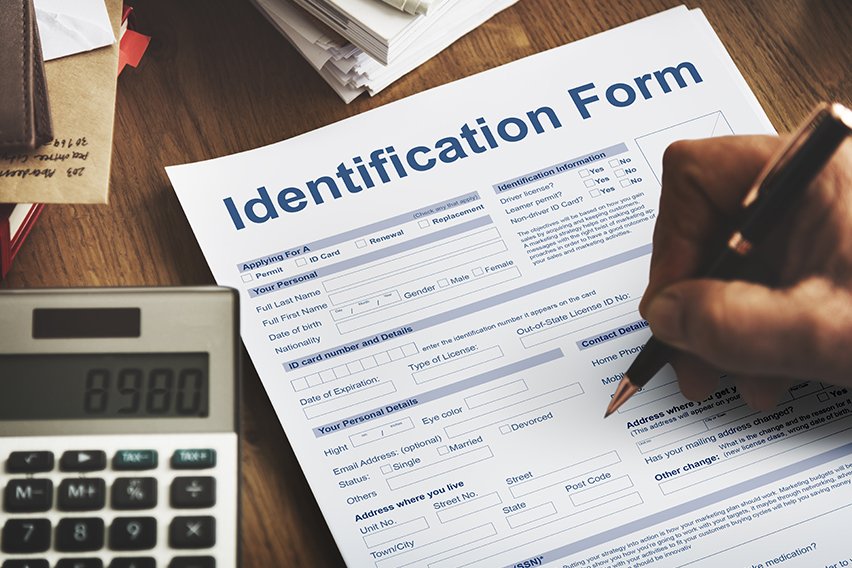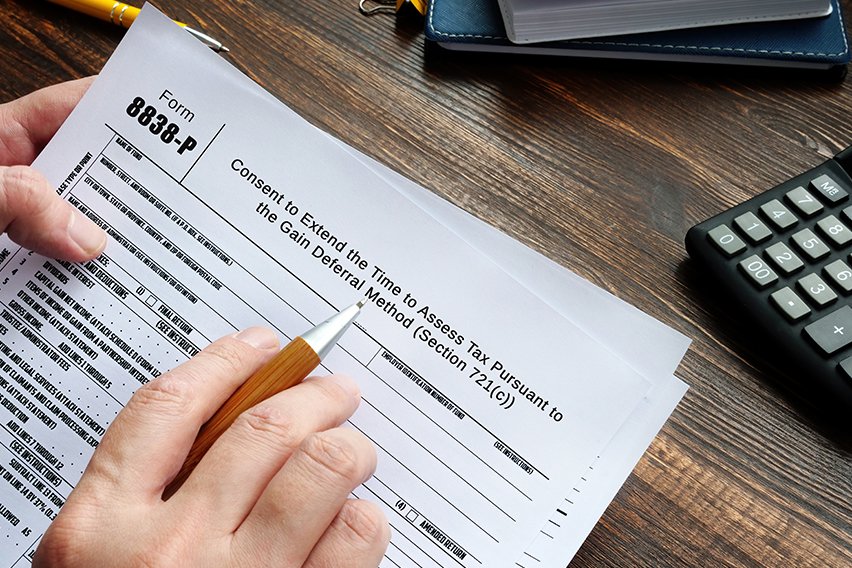How to Make Adjusting Entries

Adjusting entries are made at the end of an accounting period after a trial balance is prepared to adjust the revenues and expenses for the period in which they occurred.
Adjusting entries must involve two or more accounts and one of those accounts will be a balance sheet account and the other account will be an income statement account. You must calculate the amounts for the adjusting entries and designate which account will be debited and which will be credited. Once you have completed the adjusting entries in all the appropriate accounts, you must enter them into your company’s general ledger.
These entries are posted into the general ledger in the same way as any other accounting journal entry. The purpose of adjusting entries is to show when money changed hands and to convert real-time entries to entries that reflect your accrual accounting.
This article will also discuss:
The Importance of Adjusting Entries
5 Accounts That Need Adjusting Entries
What Accounts Are Affected by an Adjusting Entry?
What Are Adjusting Entries?
First, let’s do definitions! When doing your accounting journal entries, you are tracking how money moves in your business. How money comes in. How money goes out. How money moves between different accounts. Adjusting entries are the changes you make to these journal entries you’ve already made at the end of the accounting period. You can adjust your income and expenses to more accurately reflect your financial situation. The point is to make your accounting ledger as accurate as possible without doing any illegal tampering with the numbers. You have your initial trial balance which is the balance after your journal entries are entered. Then after your adjusting entries, you’ll have your adjusted trial balance. If you don’t adjust your adjusting entries, your balance sheets may be inaccurate. That includes your income statements, profit and loss statements and cash flow ledgers.

The Importance of Adjusting Entries
It’s all good and well understood what adjusting entries are. Why do we need to make them? Why are they important for your business accounting? Here are the reasons:
1. Your Expense Reporting May Be Inaccurate
If you don’t make adjusting entries, your income and expenses won’t match up correctly. At the end of the accounting period, you may not be reporting expenses that happen in the previous month. For example, say you need to hire a freelancer to help you at the end of February. They complete their work but they don’t invoice you until March. That skews your actual expenses because the work was contracted and completed in February. Likewise, payroll expenses are often out of sync with your business accounting ledger until afterward. This is why you need to make these adjustments to make them more accurate.
2. Your Revenue Reporting May Be Inaccurate
The same principles we discuss in the previous point apply to revenue too. Say you provide a service to a new client on January 31st. You may not invoice them until the following week. But by then, your accounting ledger is already off. You should really be reporting revenue when it’s earned as opposed to when it’s received.
3. Your Financial Statements At The End Of The Accounting Period May Be Inaccurate
Combine the previous two points and everything is off. That will only compound over them. Not adjusting entries for one month leads to an inaccurate quarterly report. An inaccurate quarterly report makes an inaccurate yearly report. That ultimately can hurt your tax reporting.
5 Accounts That Need Adjusting Entries
Adjusting entries are a crucial part of the accounting process and are usually made on the last day of an accounting period. They are made so that financial statements reflect the revenues earned and expenses incurred during the accounting period.
Adjusting entries impact five main accounts.
1) Accrued Revenues
Any service performed in one month but billed in the next month would have adjusting entry showing the revenue in the month you performed the service.
You make the adjusting entry by debiting accounts receivable and crediting service revenue.
2) Accrued Expenses
Wages paid to an employee is a common accrued expense.
To make an adjusting entry for wages paid to an employee at the end of an accounting period, an adjusting journal entry will debit wages expense and credit wages payable.
3) Unearned Revenues
Payments for goods to be delivered in the future or services to be performed is considered unearned revenue.
For example, if you place an online order in September and that item does not arrive until October, the company you ordered from would record the cost of that item as unearned revenue. The company would make adjusting entry for September (the month you ordered) debiting unearned revenue and crediting revenue.

4) Prepaid Expenses
Prepaid expenses refer to assets that are paid for and that are gradually used up during the accounting period. A common example of a prepaid expense is a company buying and paying for office supplies.
During the accounting period, the office supplies are used up and as they are used they become an expense. When office supplies are bought and used, an adjusting entry is made to debit office supply expenses and credit prepaid office supplies.
5) Depreciation
Depreciation is the process of assigning a cost of an asset, such as a building or piece of equipment over the economic or serviceable life of that asset.
Adjusting entries for depreciation is a little bit different than with other accounts. A company has to consider accumulated depreciation.
Accumulated depreciation refers to the accumulated depreciation of a company’s asset over the life of the company. On a company’s balance sheet, accumulated depreciation is called a contra-asset account and it is used to track depreciation expenses.
In the contra-asset accounts, increases are recorded every month. Assets depreciate by some amount every month as soon as it is purchased. This is reflected in an adjusting entry as a debit to the depreciation expense and equipment and credit accumulated depreciation by the same amount.
What Accounts Are Affected by an Adjusting Entry?
Adjusting journal entries are accounting journal entries that update the accounts at the end of an accounting period. Each entry impacts at least one income statement account (a revenue or expense account) and one balance sheet account (an asset-liability account) but never impacts cash.
Adjustments entries fall under five categories: accrued revenues, accrued expenses, unearned revenues, prepaid expenses, and depreciation.
RELATED ARTICLES

 How to Correct Accounting Errors—and 7 of the Most Common Types
How to Correct Accounting Errors—and 7 of the Most Common Types Single Entry System Accounting: an Introduction
Single Entry System Accounting: an Introduction What Are Accrued Expenses? Definition and Examples
What Are Accrued Expenses? Definition and Examples What Is a Deferral? It’s Expenses Prepaid or Revenue Not yet Earned
What Is a Deferral? It’s Expenses Prepaid or Revenue Not yet Earned Cloud Accounting: What It Is, How It Works And Its Benefits
Cloud Accounting: What It Is, How It Works And Its Benefits How to Make Chart of Accounts: Tips for Small Business
How to Make Chart of Accounts: Tips for Small Business